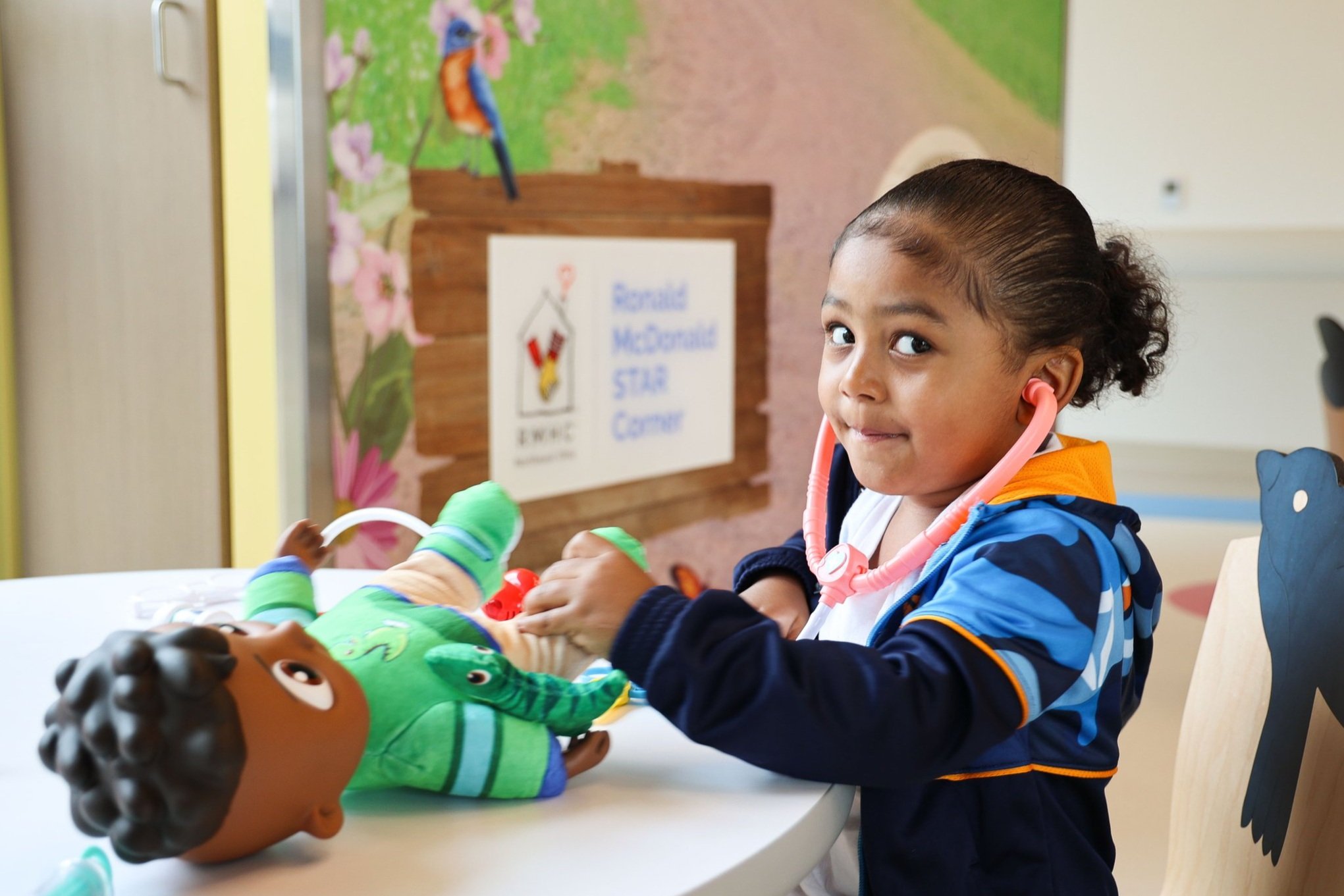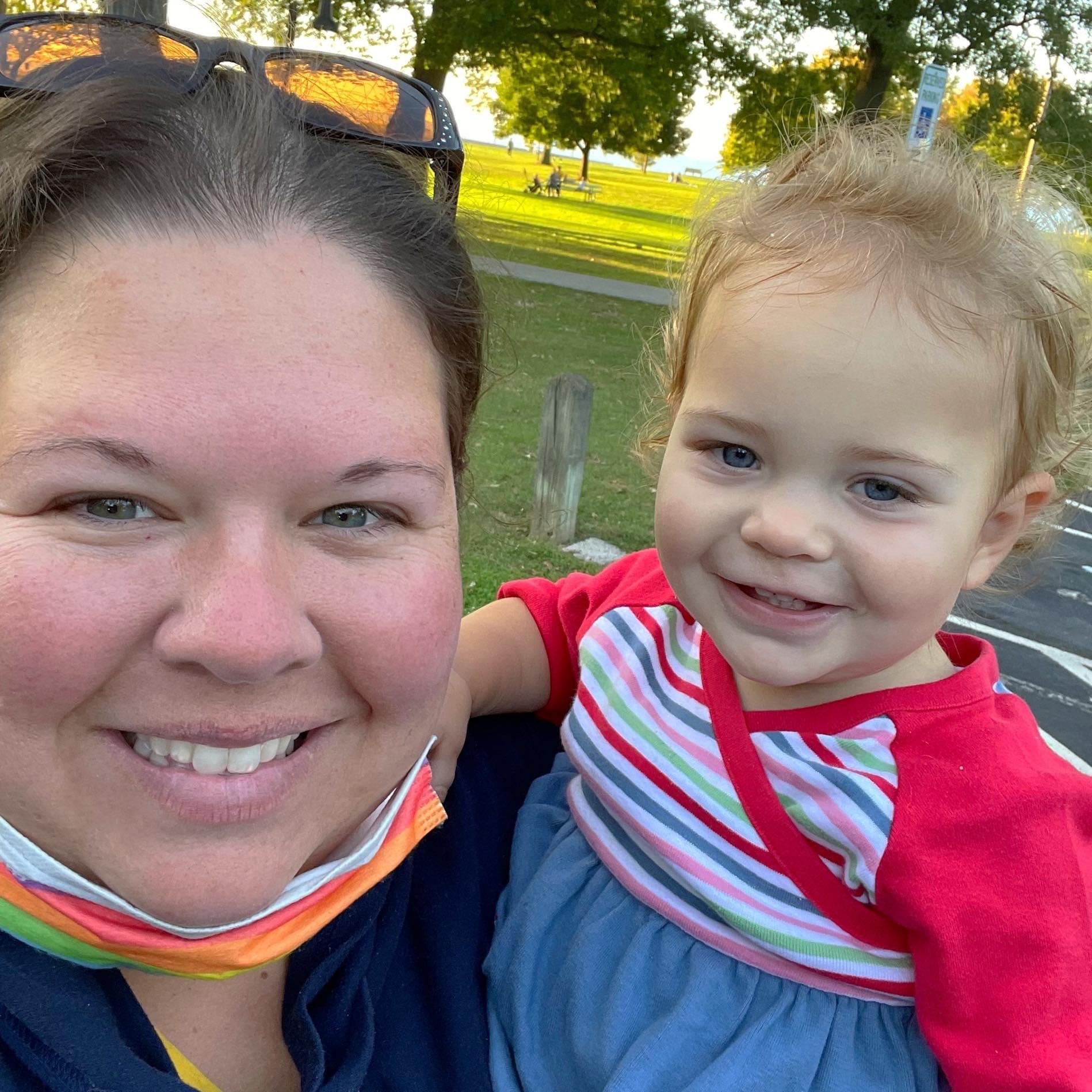Representation Matters: Inclusive Play Resources for Children with Special Needs
Toddlers are naturally curious about, well, everything. Last week my daughter Logan and I spent 20 minutes watching a worm wriggle across the sidewalk while our dog curled up for a nap in the grass. She proceeded to ask questions rapid fire: “How does the worm move if he doesn’t have legs?” “How did the worm get on the sidewalk?” “What would happen if we ate the worm?”
She experimented with trying to move without using her arms and legs, touched the grass and smelled the air to determine if a rain storm made the worm float up onto the pavement, and took my word for it when I told her we’d get very sick if we ate the worm.
One of Logan’s favorite topics to explore is herself. Where did she come from? What was she like as a baby? While I thought we might be headed for an early version of the “where do babies come from?” conversation, her curiosity was initially satisfied by learning about when her hair started to curl, if she always had ten toes, and when she first started to talk. These questions could all be answered by the literally thousands of photos and videos I’ve taken in her short three years of life. Studying those images brought answers, but also more questions.
Logan’s earliest days were spent in the Neonatal Intensive Care Unit (NICU) where she needed a little extra time to grow after being born nearly six weeks early. She was fed breastmilk through a nasogastric (NG) tube for about two weeks before she finally got the hang of eating on her own. Consequently, in all of her earliest pictures, she has a tube in her nose. Asking questions about that time has become one of her favorite activities. She loves to watch videos of “baby Logan,” and hear stories about how doctors helped her grow big and strong so that she could go home. So, it came as no surprise when she brought me her doctor bag and a baby doll, and asked me to give her baby doll a tube to help her grow big and strong.
At first I didn’t know how to respond, but I soon remembered a video I found on Red Treehouse where a baby doll visits a doctor to receive a check-up and a feeding tube. We watched the video together and then, using some medical tape and a small piece of tubing leftover from a plumbing project, we gave baby doll Janelle a feeding tube.
Logan has no lingering disabilities or medical challenges from her premature birth, and she certainly doesn’t remember the long hospital stay that she experienced at the beginning of her life. As a result it never really occurred to me that she’d have so many questions and so much curiosity about that time. But, having a feeding tube is a part of her story, and since the most natural way for a toddler to learn and explore is through play, it makes sense that she would want to have this physical connection to the youngest version of herself.
In addition to learning about herself and her past, having a doll with a medical challenge is allowing Logan to build empathy and gain a greater understanding of how we are all different. Her curiosity piqued my interest in diversifying her toy collection, and I soon found many ways that toy companies offer ways to do so. Mattel’s latest Barbie release, a fashionista with Down syndrome, isn’t just for children with Down syndrome. This doll and others like it are for all children to learn through inclusive play and begin to make the connection that disability is just a part of the human condition.
If you’re looking to add disability diversity to your child’s toy box, check out ToyLikeMe, an organization dedicated to increasing positive disability representation in toys. Their site is full of recommendations for purchasing toys and tips for completing your own toy makeovers at home.
“Positive representation matters. To see yourself reflected by huge toy brands like Playmobil and Lego is about more than just a toy. It’s about these brands sending out a powerful message that everyone should be included and celebrated, not just able-bodied people. If we leave disability out of the toy box what does that teach kids in real life? That it’s OK to exclude?” - ToyLikeMe
Additional resources for families seeking disability inclusive toys that represent their child’s needs:
A Doll Like Me offers custom-made dolls that are one-of-a-kind and designed to look like the doll's recipient.
The Tubie Friends Foundation provides dolls and stuffed animals that mirror a child’s medical interventions, including feeding tubes, nasal cannulas, and tracheotomies.
Check out these Include Someone Adventure videos from the Cartoon Network and the National Bullying Prevention Center, to help inspire kids across the nation to prevent bullying by practicing inclusion in the classroom, community, and at home
The Desi Strong Doll is available to children battling cancer. The doll is bald and includes a port-a-cath.
The Juvenile Diabetes Research Foundation offers a Bag of Hope for newly diagnosed children. Included in the bag is a bear who has been diagnosed with type 1 diabetes.
Written By: Julie Wilson, RedTreehouse.org Program Manager.





